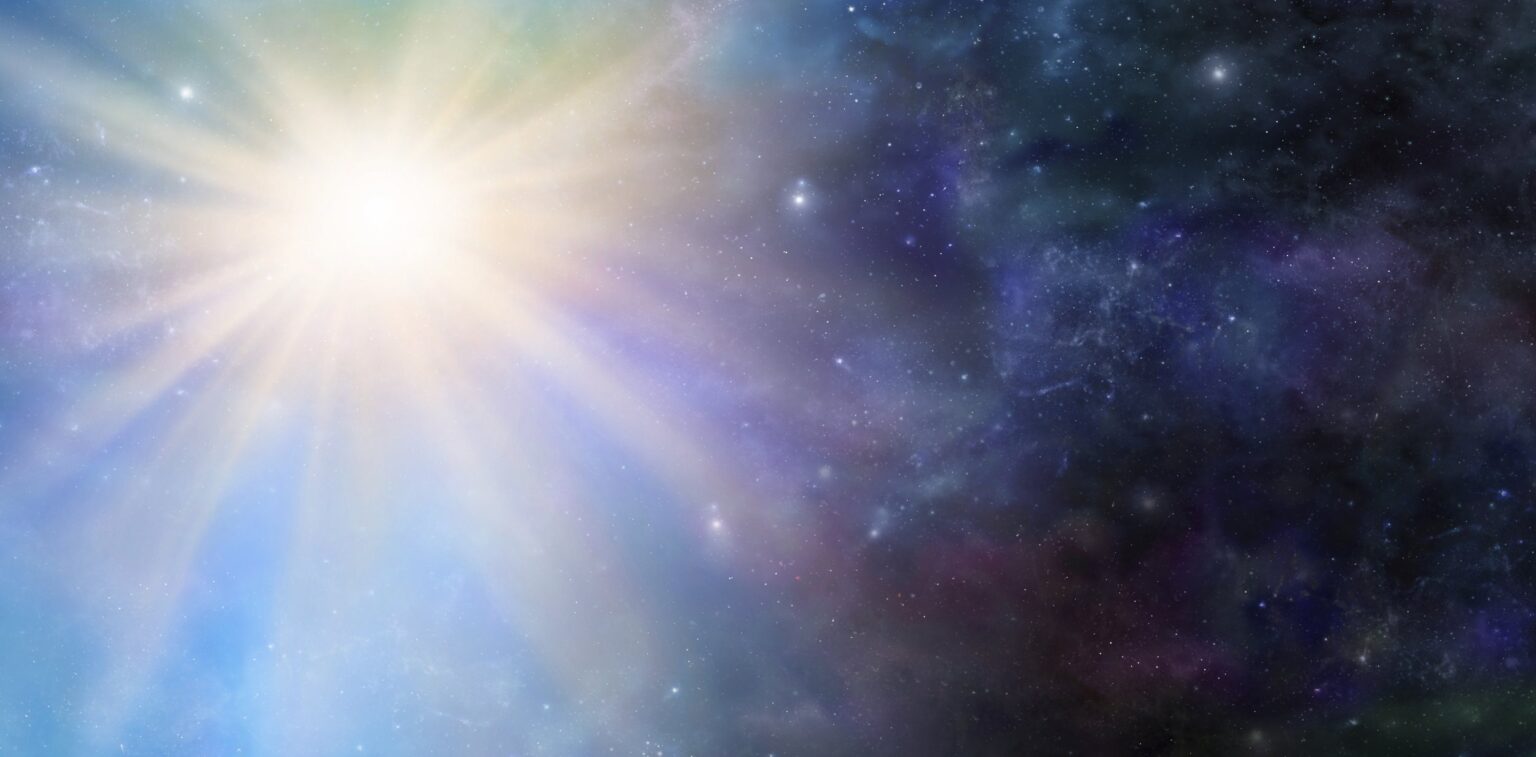Scientists studied stars with very low metal content, which they inherited from the first generation of supernovae. They came to the conclusion that these luminaries were not born alone, but in fairly close groups.

How were the first stars born?
An international group of researchers recently published a paper in which they determined with the help of artificial intelligence that the first stars in the Universe were not born alone. For this, they have studied the chemical composition of those luminaries that are now available for study.
Now stars are born in giant dense gas-dust clouds. But in the first hundreds of millions of years after the Big Bang, the Universe was one huge cloud of hydrogen with some admixture of helium. Therefore, the first stars could form in it both at a distance of millions of light-years, and next to each other.
The only problem is that we do not see these luminaries with zero metallicity, that is, the content of elements heavier than helium now. They managed to burn out all the hydrogen and turn into white dwarfs, neutron stars and black holes.
First supernovae
In a new study, the scientists decided to estimate how close to each other the supernovae were located, which gave rise to the stars with the lowest metallicity observed. They should all be first-generation stars. For this, they have used the fact that each supernova creates its own unique set of elements.
Astrophysicists have collected data on about 450 stars with extremely low metallicity using the Subaru telescope. They should be formed from gas and dust clouds left over from supernovae of the first generation, traces of which remained in their chemical composition.
It turns out that approximately 68 percent of those studied have enrichment of more than one supernova in their chemical spectrum. And in order for this to happen, it is necessary that these explosions occur very close to each other.
From this, the researchers concluded that the first generation of stars was not born alone, but formed in groups. Similar to how it happens with modern stars. What caused this distribution remains unknown.
According to scitechdaily.com
Follow us on Twitter to get the most interesting space news in time
https://twitter.com/ust_magazine

